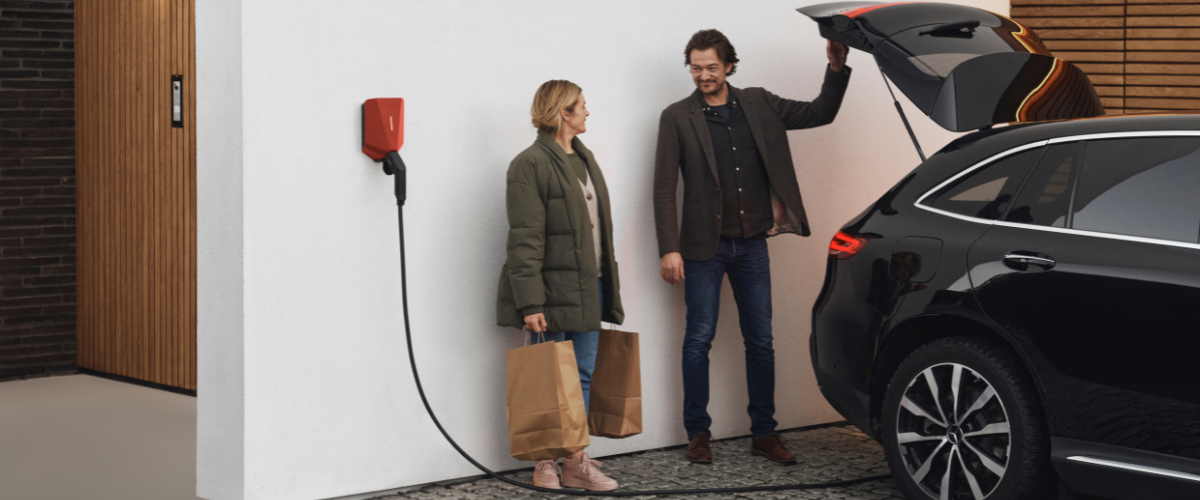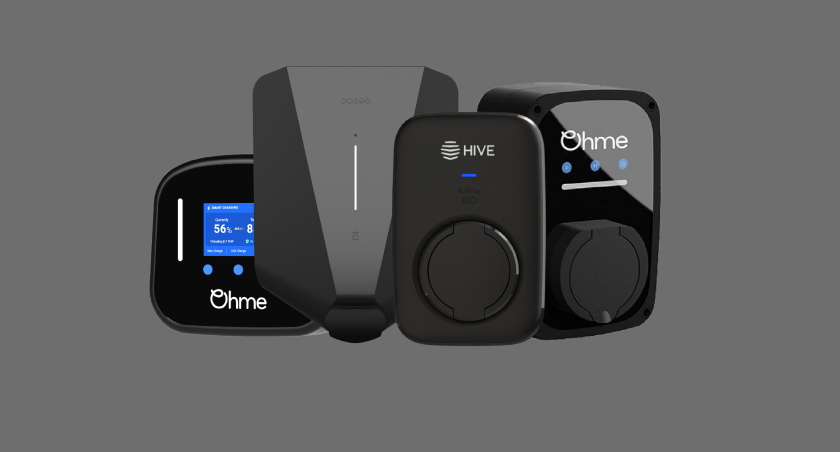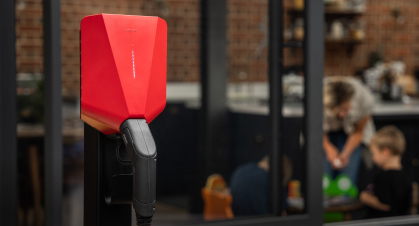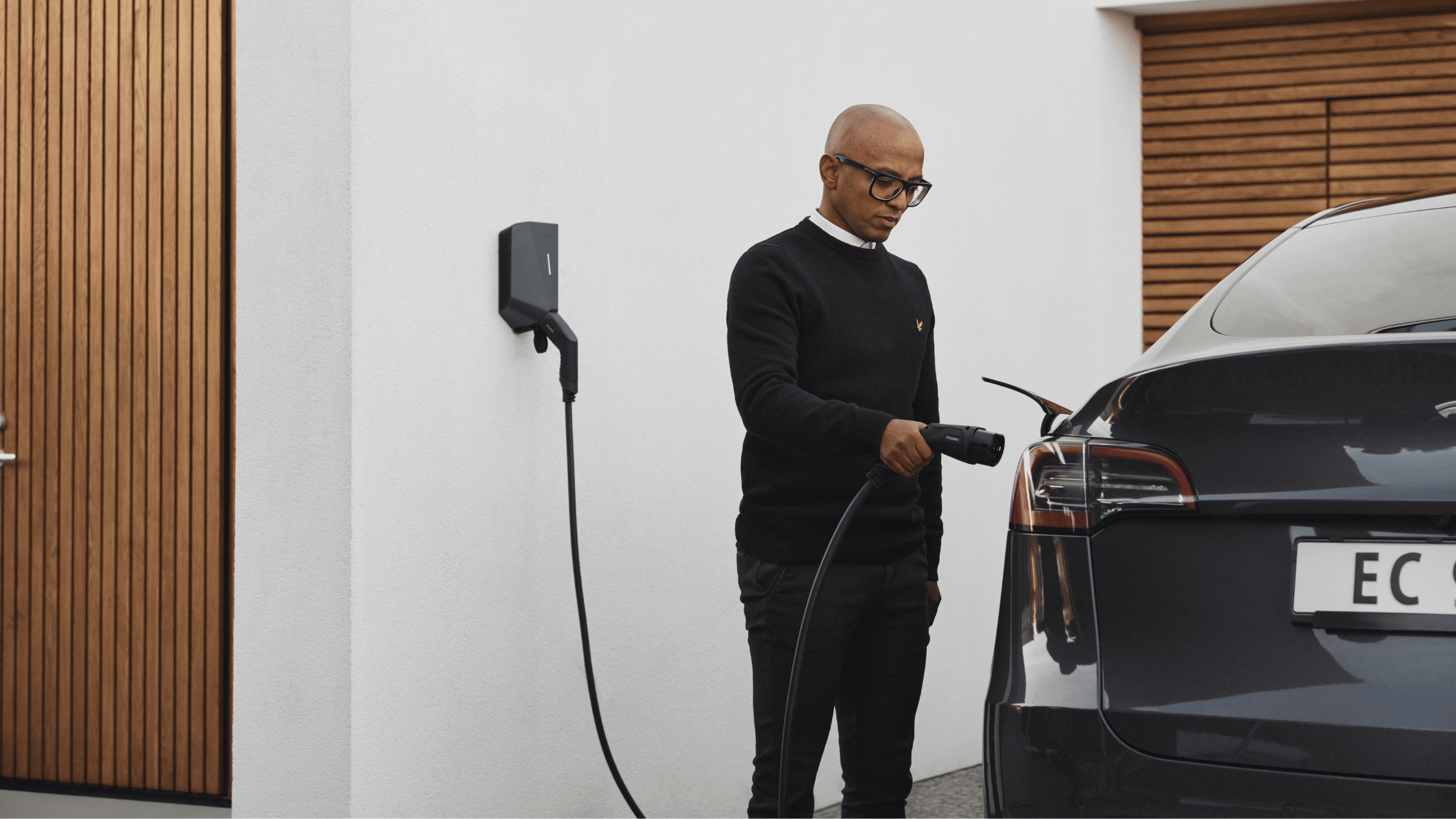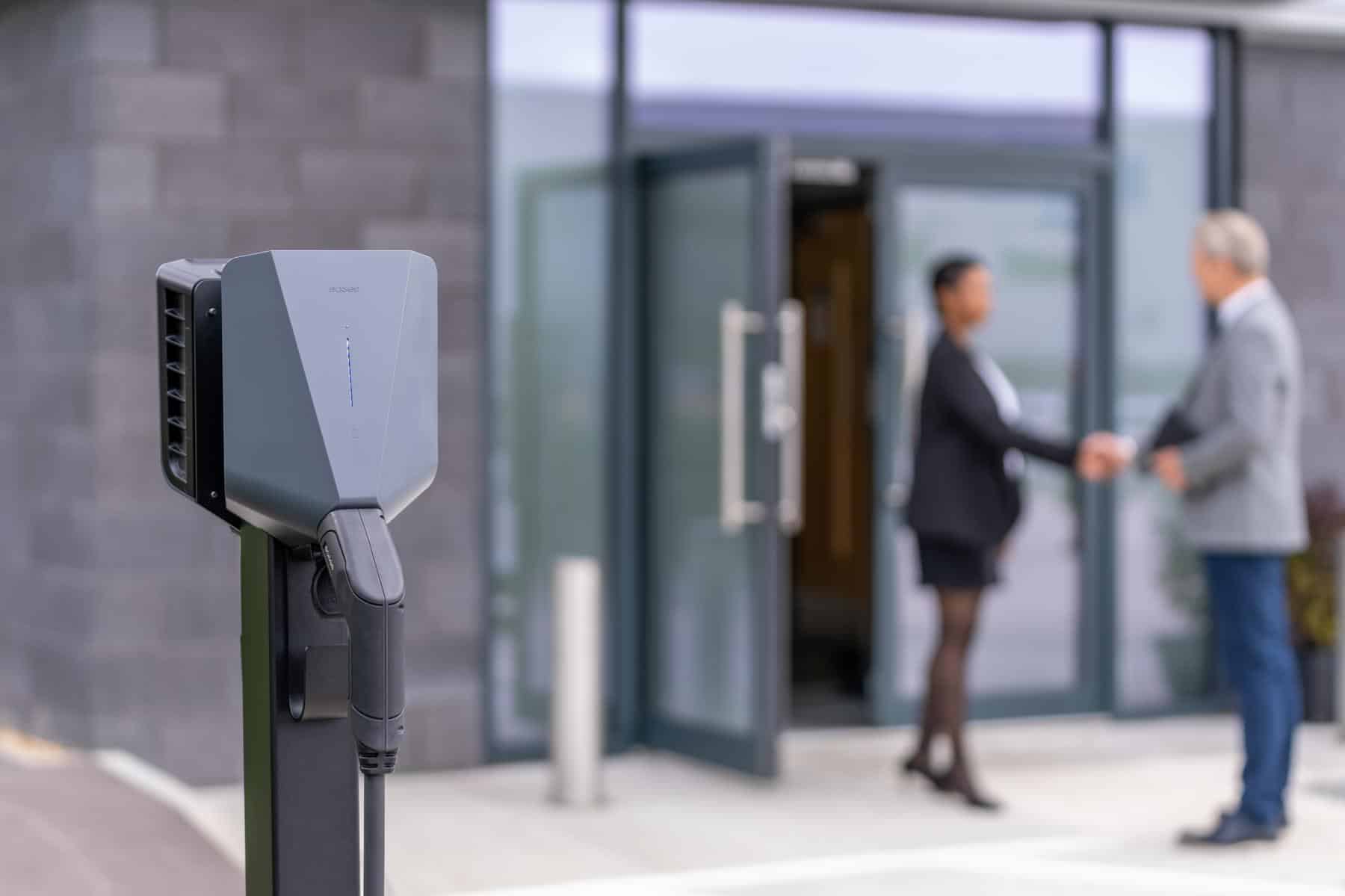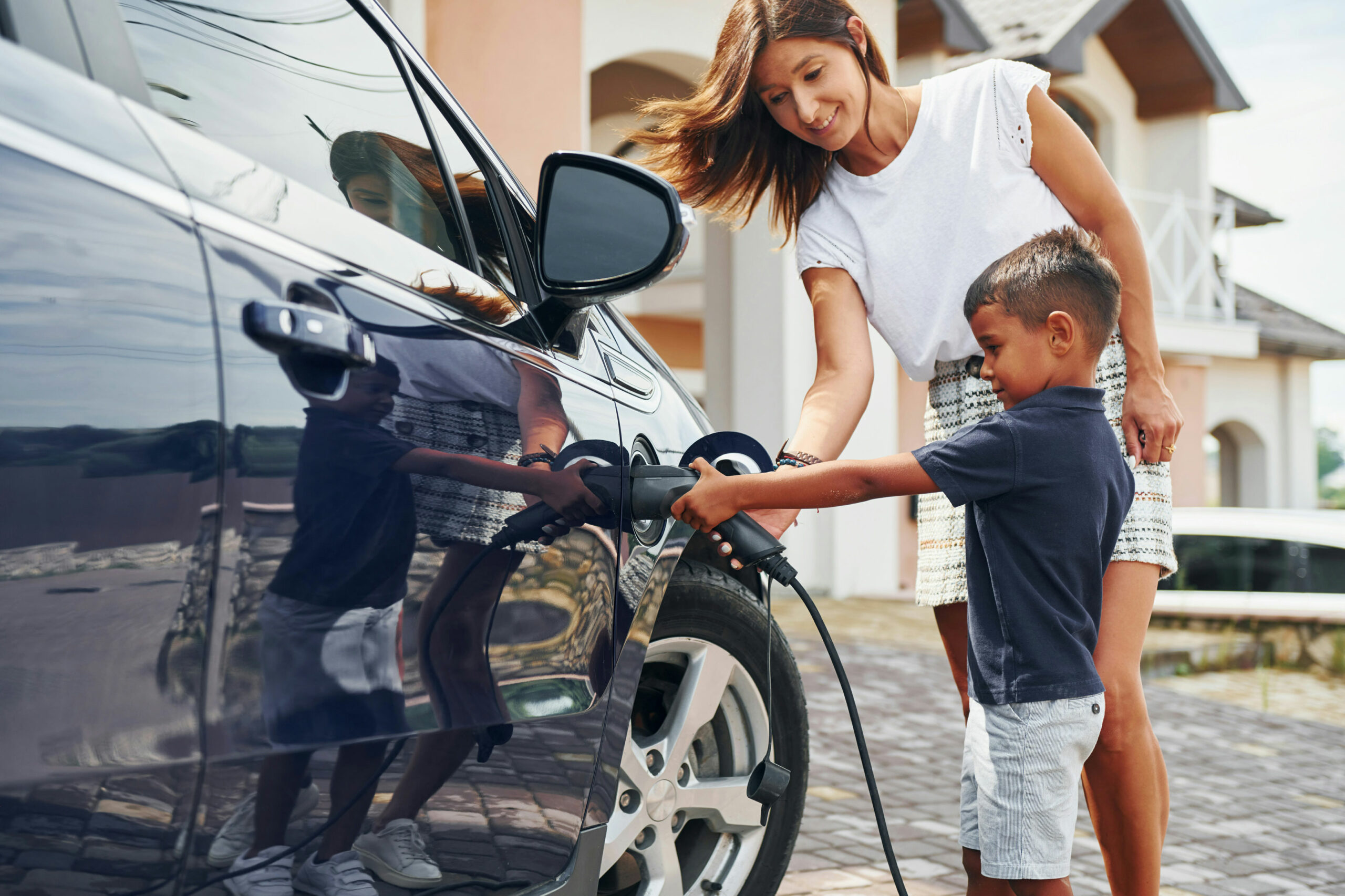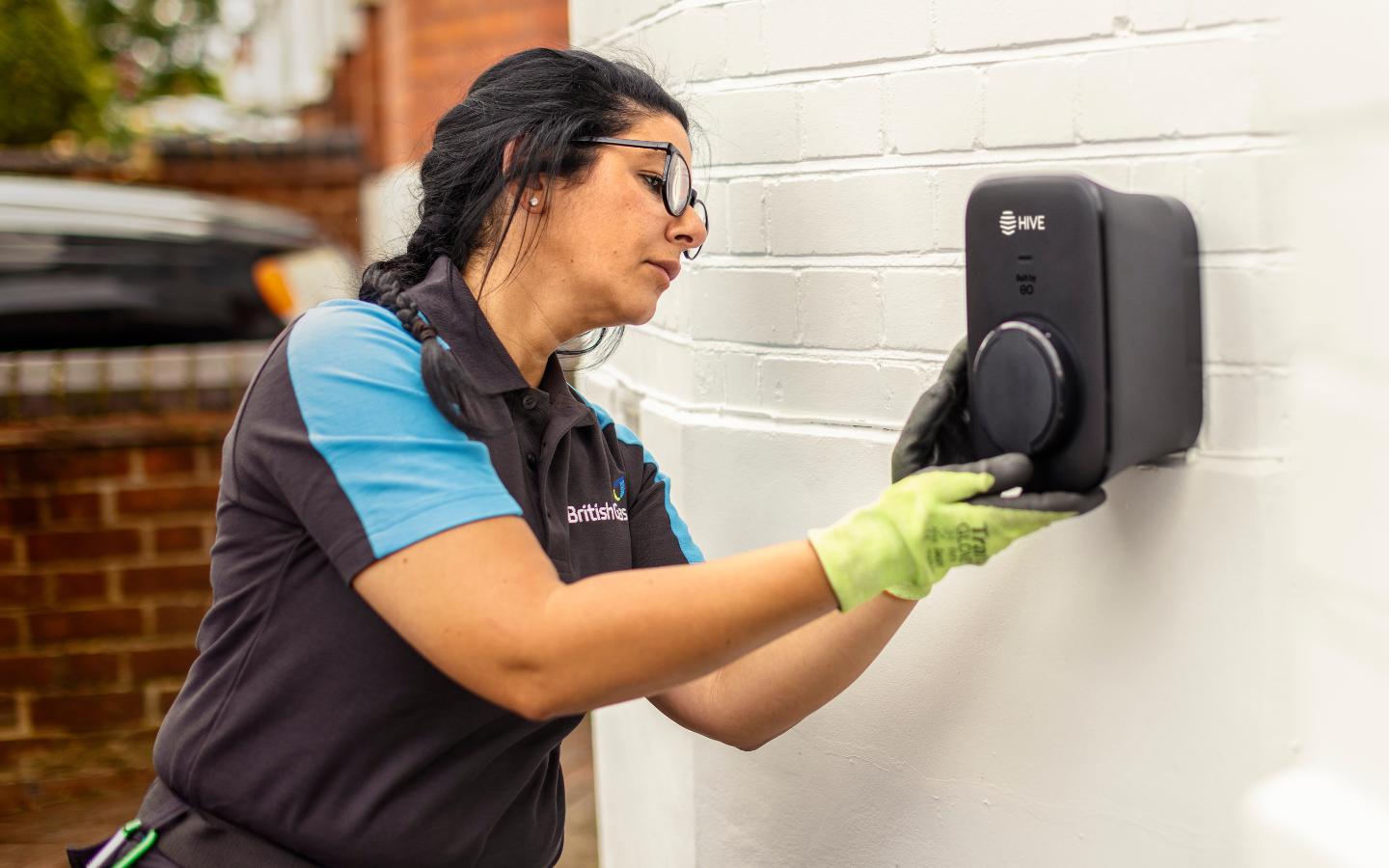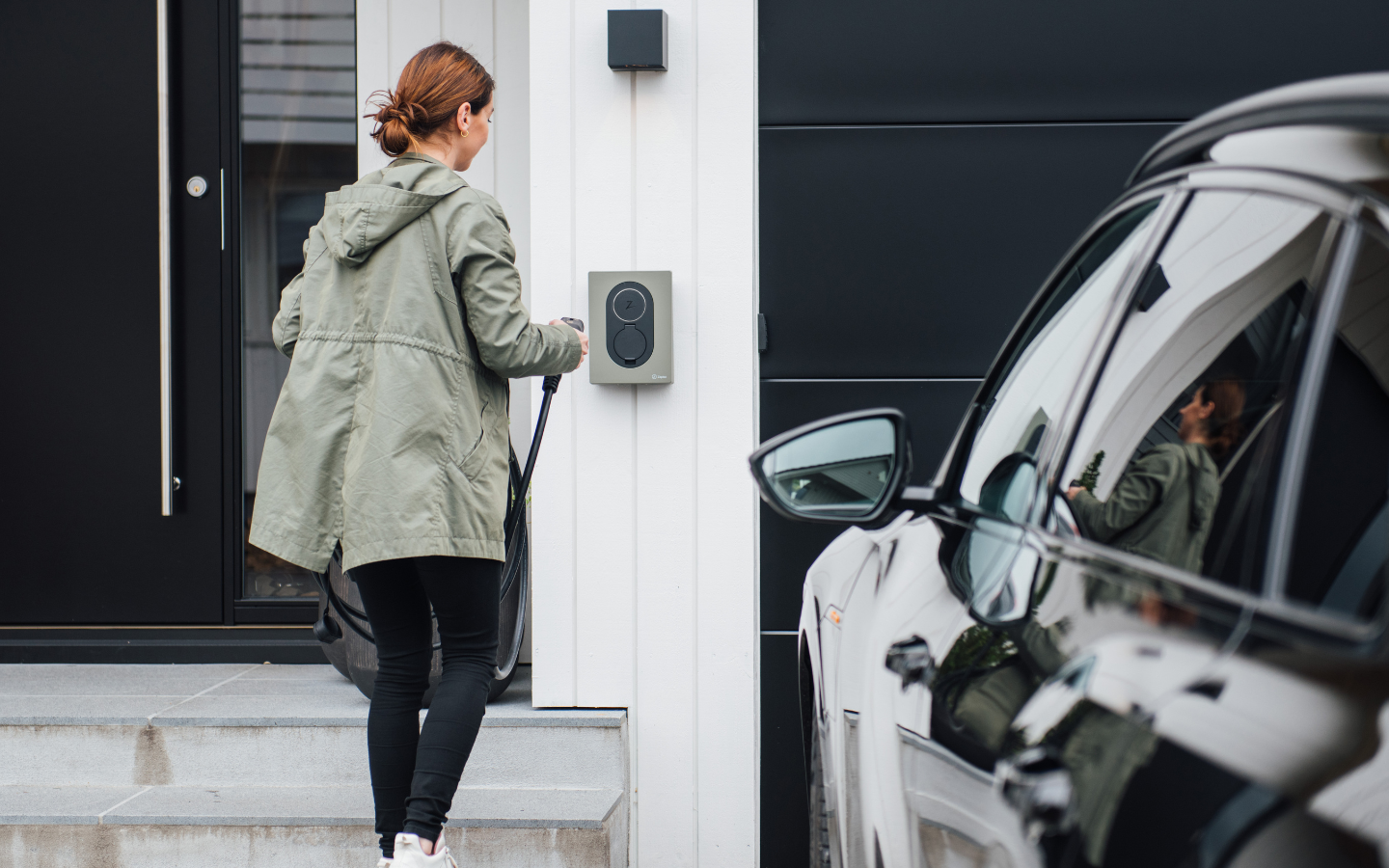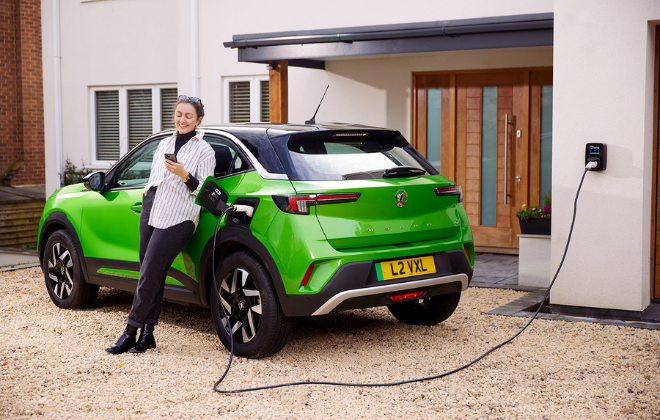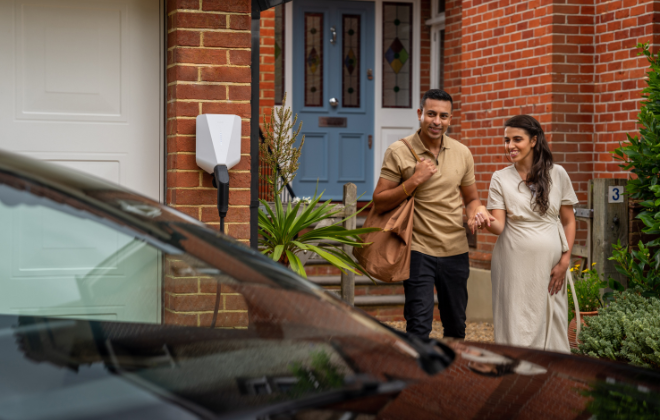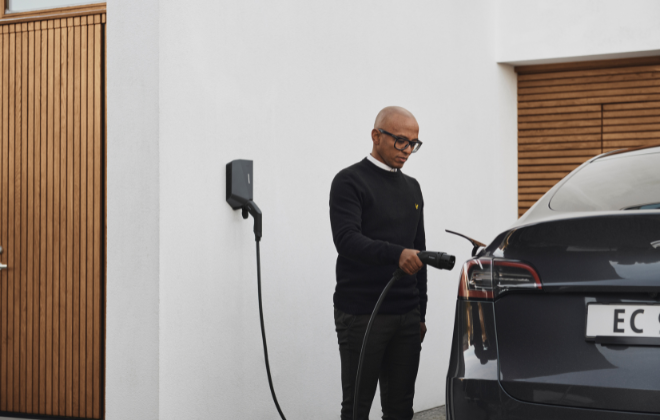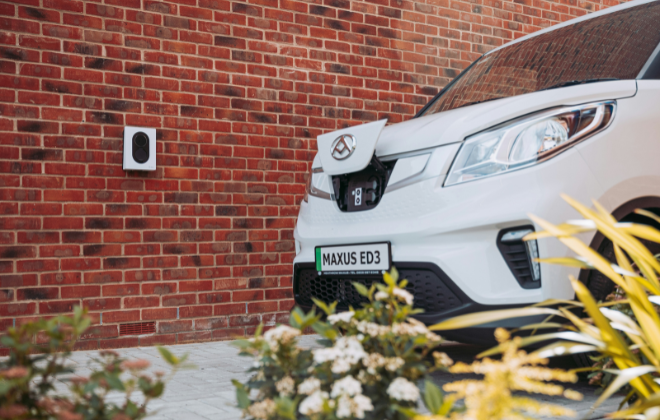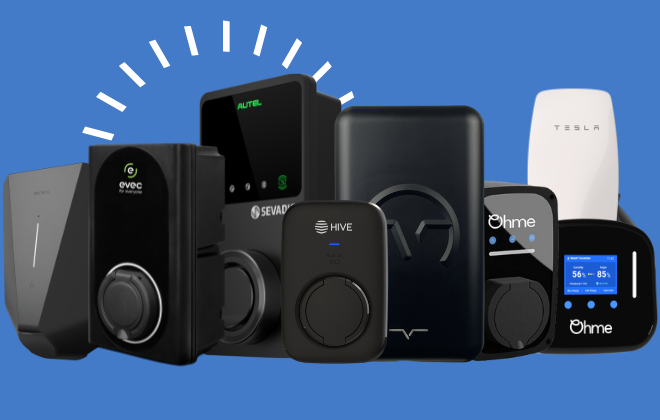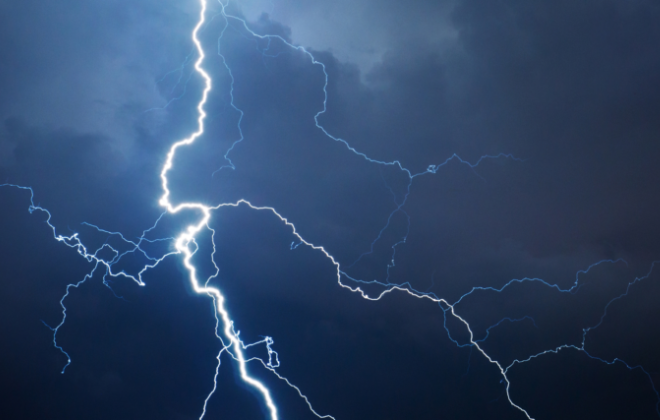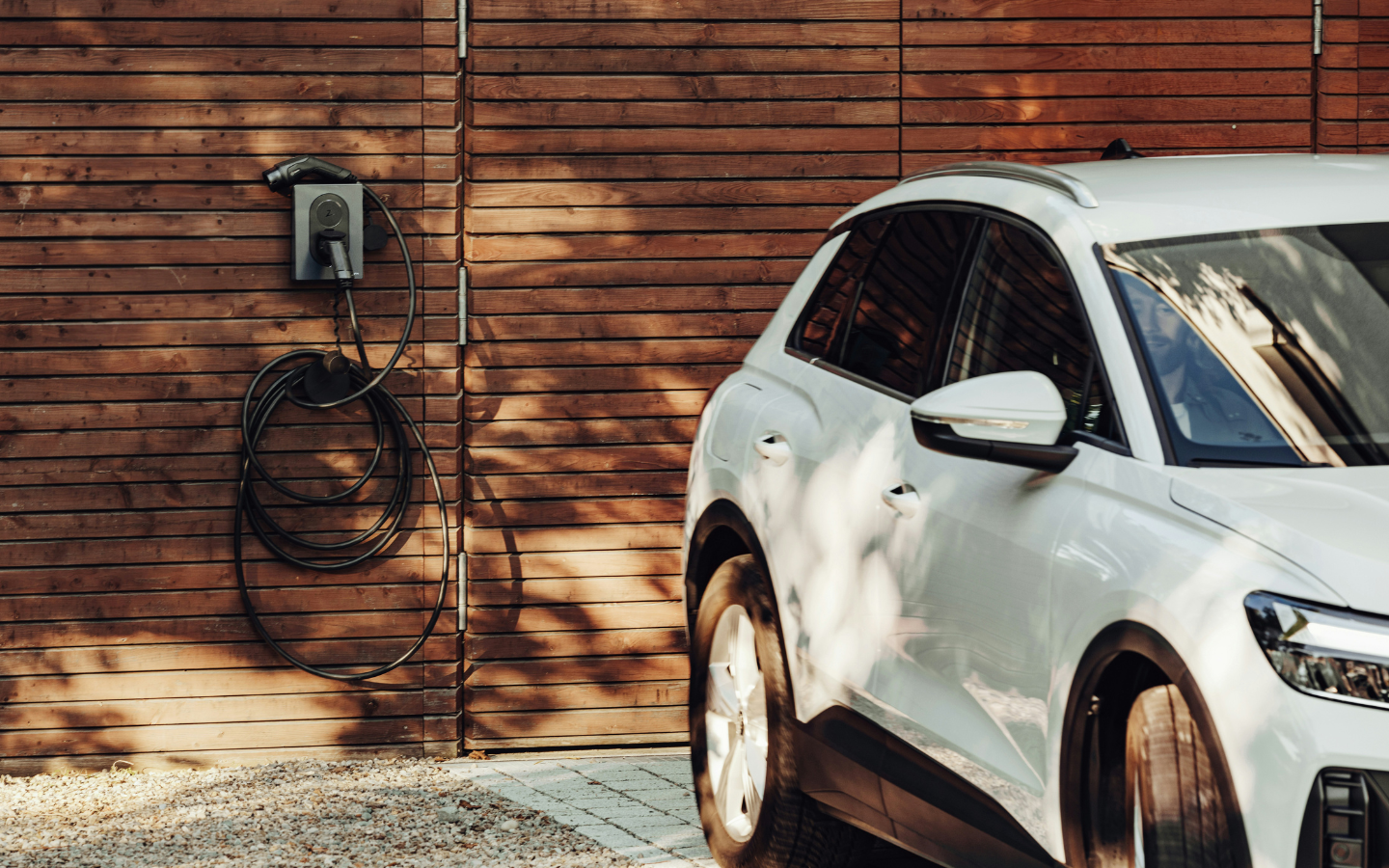

Why Earth Bonding Needs To Be In Place For An EV Charging Point Installation
Why water and gas earth bonding need to be in place for an EV charger installation
Installing an electric vehicle (EV) charging point involves more than just connecting cables and setting up the charging unit. In truth, EV charger installations are complex, and require careful consideration of regulations and safety measures, including the infamous earth bonding.
In this article, we explore the significance of gas and water earth bonding for EV charger installations and explain why it is crucial to have these measures in place for your safety.
What is earth bonding?
In brief, earth bonding protects you and your home by reducing the risks of electric shocks and electrical fires.
Bonding is the practice of connecting all exposed metallic items not designed to carry electricity in an area by using a protective bonding conductor. Connecting bonding wires to metal pipes, such as your gas and water pipes, reduces the voltage that might have been there.
Bonding is necessary in buildings with metal gas and water supply pipes as metal pipes have the potential to carry electrical currents from faults outside into your home. In truth, it’s very dangerous and can lead to all or some metallic items in your home becoming live, which could be fatal.
Why do I need earth bonding for my EV charger installation?
Earth bonding is an essential need of every electrical installation, not only EV charger installations. In simple terms, the function of earth bonding is to prevent fatal electric shocks and guarantee your safety. As such, ensuring protective bonding is in place before an EV charger installation is vital. The only exception where bonding does not need to be present is if the pipes that feed the gas or water supply are plastic.
Any qualified and certified electrician installing an electric car charger should follow the BS7671 electrical regulations and ensure that bonding is installed to the water and gas pipes. This is another reason why you should not attempt to install an EV charger yourself and hire a experienced, qualified expert instead.
Why do we ask for images of the earth bonding?
Before installing an EV charger, we always ask for photographic evidence that the water and gas bonding is in place.
Having photographic evidence lets us know that we can install the EV charger safely and that we don’t need to install the water and gas bonding at the same time as the charger, which can add an extra cost to the installation.
How to check if you already have gas meter bonding?
Gas bonding can be identified by looking in or around the gas meter box for a yellow and green earth cable (see example below). Usually, the gas bonding cable is located near the gas meter, clamped to a copper pipe. The bonding cable can sometimes be found inside the gas meter box itself or inside the property, where the copper pipe enters the house.
Alternatively, if you cannot provide photographic evidence, you could provide us with a copy of your most recent electrical certificate, and we can check whether you have bonding installed.
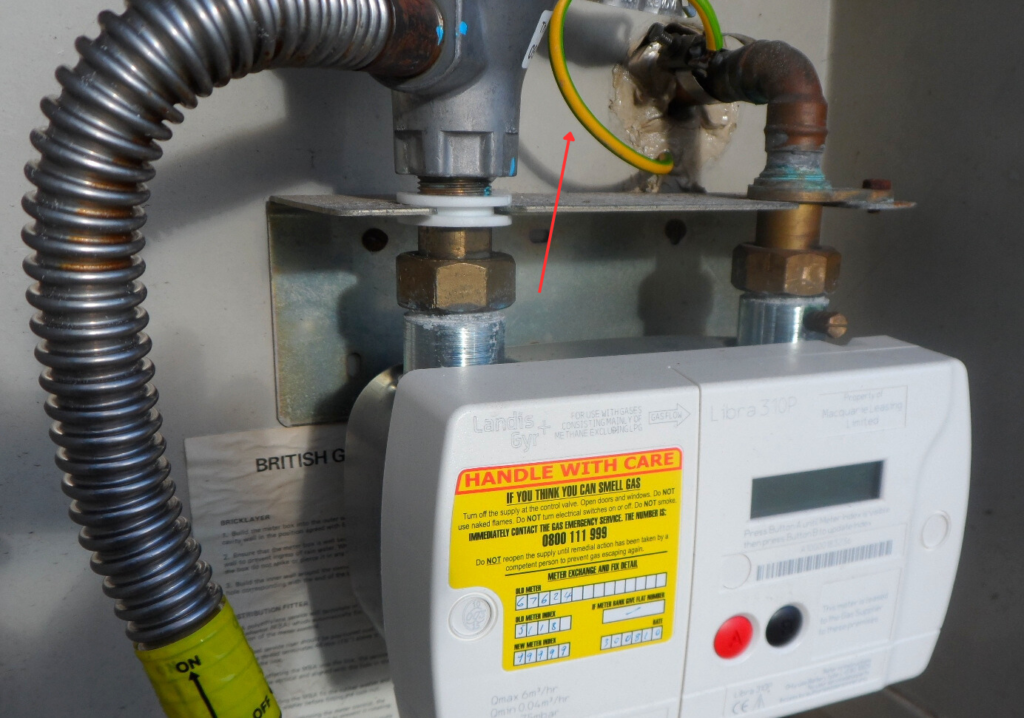
How to check if you already have water bonding?
To find the water bonding, you would need to look for the water stop cock in your property (the tap where you would turn off the water supply for the house). This is usually found under the sink, and again, we are looking for a yellow and green cable (see example below). This cable is generally found attached to a copper pipe somewhere within a meter of the water stop cock / stop tap.
Again, providing us with your most recent electrical certificate lets us check whether you have water bonding if you cannot provide photographic evidence.
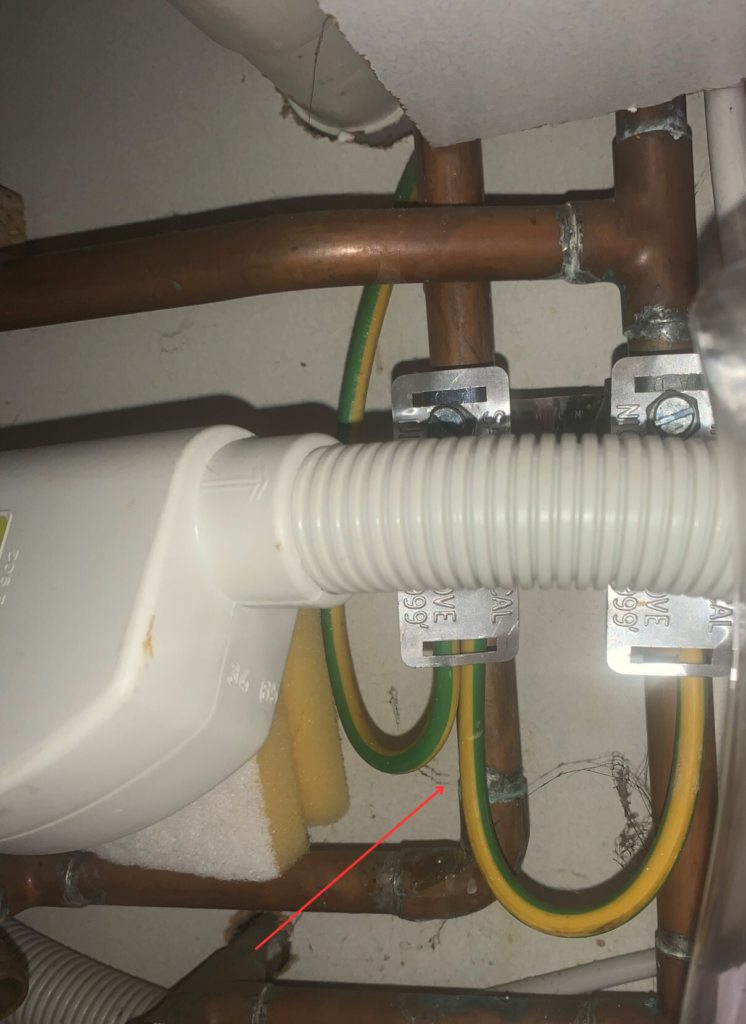
I can’t find my gas and water bonding. What happens next?
If you do not have plastic gas or water supply pipes and cannot locate the gas or water bonding, we must assume that you do not have bonding in place.
As such, we will take additional payment for installing the gas and water bonding on the day of the EV charger installation. If the customer does not want to pay to have the bonding installed, we will have to abort the job for safety reasons, and the customer may be charged a fee.
If the bonding is in place when we get to your property, we can proceed with the EV charger installation at no extra cost.
I have gas and water bonding in place. What happens next?
If you have provided evidence that the bonding is in place or that you have a plastic service and do not need bonding, we can install the EV charger without any extra costs.
However, even if you have provided us with evidence that the water and gas bonding is in place, all our engineers will verify that the bonding is correct when they visit your property. This is because they will need to ensure that the bonding is actually there, is the appropriate size, and has been correctly connected.
If our engineers identify any issues with your bonding, we may need to quote you extra costs to fix these issues. Otherwise, we may be unable to install the EV charge point for safety reasons. But this is likely to be a rare scenario.
Summary:
- To prevent fatal electric shocks and electrical fires, gas and water bonding must be in place before installing an EV charger.
- Buildings with metal gas and water pipes need bonding as these pipes can carry dangerous electrical currents. If the pipes that feed the gas or water supply are plastic, bonding is not required.
- Evidence of water and gas bonding is required before an EV charge point installation to ensure electrical safety and avoid extra costs.
- Gas bonding can usually be identified by a yellow and green earth wire near the gas meter, while the water bonding wire is found near the water stop cock.
- If evidence of bonding cannot be supplied, it will be assumed that it is not in place, and on the day of your EV charger installation, we will take additional payment for installing the gas and water bonding.
- If bonding is confirmed, the EV charge point can be installed without extra costs, but engineers will still verify the bonding during the visit.
Interested in a home electric car charger?
If you want a home EV charger installation, click below to get your free quote, or contact us for more information or any queries you may have. With engineers across the UK, we can install home EV chargers wherever you are.
To keep up to date with everything electric, stay tuned to our blog. Follow us on Facebook, Instagram, Twitter, LinkedIn and YouTube.
related articles_
Stay up to date on the latest from We Power Your Car_
I consent to receive newsletters from We Power Your Car. Please see our Privacy Policy
